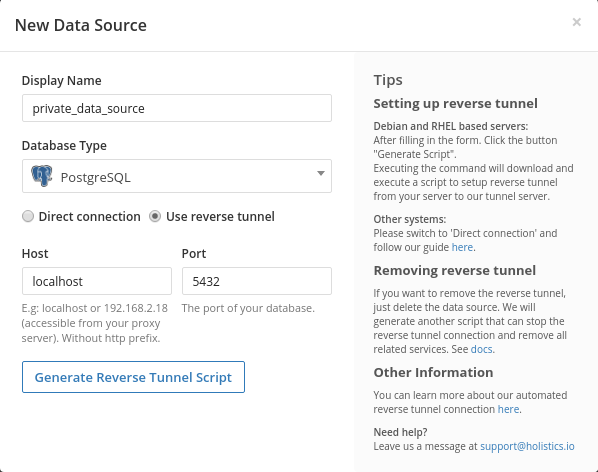

SocketXP provides a simple, secure and easy way to access your home RaspberryPi from the outside network.
Autossh reverse tunnel raspberry pi free#
The simple answer to your question is use free online services like SocketXP which provides a secure public tunnel endpoint to SSH into your RaspberryPi from outside the home network.

It doesn't have a Public IP address that is visible from the Internet. Login to your pi from anywhere by using replacing the ip address with the domain name.įull disclosure: I am the founder of SocketXP.Īccessing your RaspberryPi ( or even laptops/servers) from outside your home network (meaning, from the internet) is not an easy task, because your home laptop or RaspberryPi has only local IP address ( in the 10.x.x.x range or .x range). Save the file.To start ddclient either reboot your pi or execute the above command on the prompt.It will keep your domain name updated with the current ip address changing when necessary.Ĭ.Enter your router brand and model to find the detailed guide on forwarding port.ĭ.After selecting the router brand and model, Click on the Default guide from the redirected page.Į.In the Static Ip Text Box, Enter the Static IP of the Pi you gave in Step 1.į.Follow the steps and forward port 22.The source port needs to be 22 and the destination port can be anything.Please remember to use the Destination Port when sshing into pi.To avoid confusion,I tend to use the same Source and Destination port. sudo nano /etc/rc.localĪdd the following command before exit 0(which is the last line) sudo /usr/sbin/ddclient -daemon 600 -syslog X. #the domain name you createdĭ.We want the ddclient service to start automatically on reboots.So do the following. Password='xxxx' #password for the same put inside quotes sudo nano /etc/nfĪnd change the file to the following.
Autossh reverse tunnel raspberry pi install#
Most probably the IP address assigned by your ISP is dynamic and so we need a way to resolve the changes in IP address.I use dnsdynamic and ddclient software to achieve this.Both are free to use.ī.Add a new domain and select a name and the domain from the list.You can choose any of the available domains with your choice of subdomain.Click on check availabilty and then addĪ.Install ddclient using the command sudo apt-get install ddclientī.Open the configuration file for ddclient using the following command and add the following lines. Gateway 192.168.1.1 # the ip address of the routerĬ.Check if the Ip is changed using the ifconfig command auto loĪddress 192.168.1.2 #static ip you want for the pi I disabled nginx on the server and installed Caddy instead.Here are the steps I used (on debian) which you might find useful.Ī.Open the interfaces file using the command sudo nano /etc/network/interfacesī.Change the interfaces file to the following (This works for me I am not sure if a few of the lines can be excluded). Then I created two CNAME records, pointing to the above subdomain: and.

I created a subdomain u1. with its A record pointing to the above static IP address. I bought a cheap 2GB RAM, 20GB disk VM + a 25GB volume on Hetzner for about 4 EUR/month. ngrok would work but the free plan is too restrictive. Dynamic DNS wasn't an option because my ISP blocks all incoming traffic. I wanted to be able to access these apps from public Internet. Perpetually at home in headless mode (just needs 5W power and wireless internet). I wanted to be able to run some webapps on my Raspberry Pi 4B running HackerNews discussed this with many alternative solutions: Raspberry Pi on Internet via reverse SSH tunnel


 0 kommentar(er)
0 kommentar(er)
